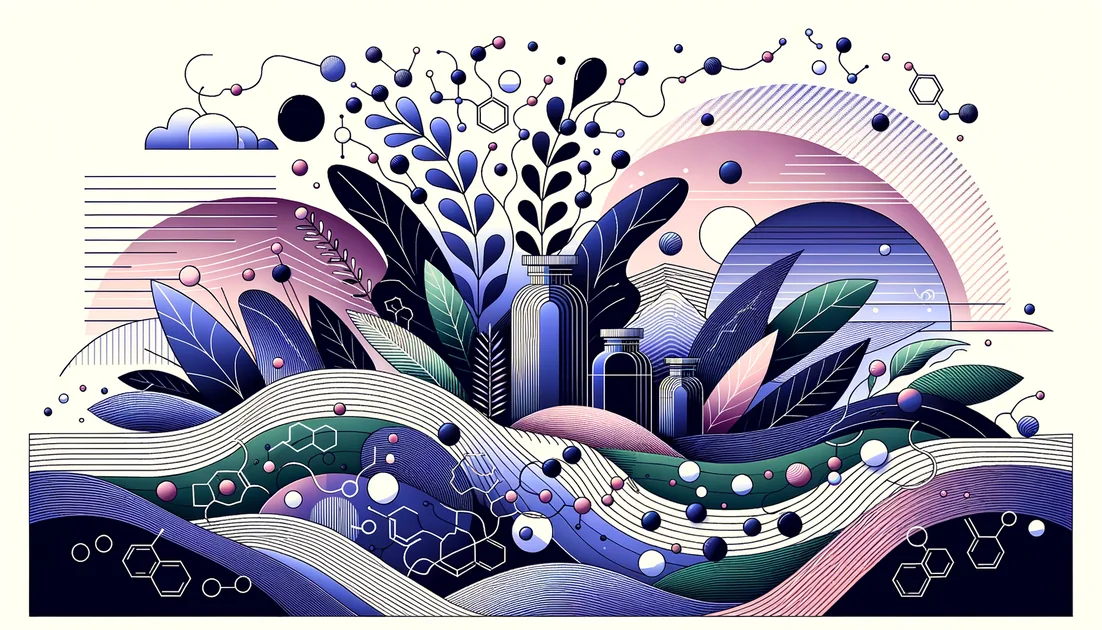
From Monk's Bowl to Molecule: How EGCG Walked Out of Tea and Into Modern Medicine
A 13th-century Zen monk praised tea as "medicine." Eight centuries later, chemists finally isolated EGCG—the leaf's most abundant catechin—and clinicians began testing it like a drug. What they found is a story of small but steady cardiovascular gains, a prescription ointment born from tea, and a couple of surprising red flags that only modern science could reveal.[2][1]
- Evidence
- Promising
- Immediate Effect
- No → 6–12 weeks
- Wears Off
- Gradually over weeks after stopping
The leaf that became a laboratory subject
In 1948, Japanese chemists pulled a stubborn compound from tea leaves and named it epigallocatechin gallate—EGCG. It turned out to be the catechin that dominates green tea, hiding in plain sight for centuries.[1] Long before that, Zen monk Myōan Eisai had written Kissa Yōjōki—"Drinking Tea for Health"—popularizing tea-as-medicine in Japan. Culture saw benefit first; chemistry caught up later.[2]
What EGCG reliably does in humans (and what it doesn't)
When researchers pooled 17 randomized trials, daily EGCG (about 100–850 mg) nudged LDL cholesterol down roughly 9 mg/dL over 4–14 weeks. It's not a statin, but the direction is consistent.[8] In a year-long trial of more than 900 postmenopausal women given decaffeinated green-tea extract (≈843 mg EGCG/day), LDL and total cholesterol fell modestly, with the biggest drops in those starting high; triglycerides crept up slightly in some subgroups.[9] In overweight men, 8 weeks of 800 mg/day didn't change insulin sensitivity, but it gently lowered diastolic blood pressure and even brightened mood—small, human-scale effects you'd notice across months, not days.[10] So the realistic picture for health-conscious readers: EGCG helps a little, consistently, on lipids and may shave a couple of points off blood pressure—especially when layered onto diet and exercise. A newer meta-analysis echoes this, finding only a minimal additive effect on weight when green tea accompanies training.[11]
"I was very surprised," said David Maron, MD, after an early clinical trial saw a 16% LDL drop with a tea-polyphenol capsule—striking for a plant extract but still an adjunct, not a replacement for proven drugs.[16]
The ointment that made history
One place tea left the kitchen entirely: dermatology. The FDA-approved prescription ointment sinecatechins (brand Veregen) is a concentrated green-tea extract rich in EGCG (over half of its catechins).[6] In two Phase 3 trials with more than 1,000 patients, this patient-applied cream cleared external genital warts in about 55% of users versus 35% on placebo, with low recurrence at 12 weeks—an uncommon win for a botanical medicine measured by modern standards.[7]
Two modern plot twists: a transporter and a trap
The transporter: In a tidy human study, two weeks of daily green tea shrank blood levels of the beta-blocker nadolol by about 85% and blunted its blood-pressure effect. Lab work pointed to EGCG and friends blocking OATP1A2—an intestinal "gate" that helps usher the drug into the body. Even a single cup near the dose had a pronounced effect.[12][13] Translation: tea can get in a drug's way.
The trap: In cancer labs, EGCG directly binds the boronic-acid tip of the proteasome inhibitor bortezomib, neutralizing its tumor-killing action. That chemical handshake means patients on this specific medicine should avoid concentrated green-tea products.[14]
"We strongly urge patients undergoing bortezomib therapy to abstain from consuming green tea products," cautioned Axel Schönthal, PhD, whose team uncovered the interaction.[15]
Safety: the dose and the context matter
Brewed green tea, sipped with meals as cultures have long done, appears generally safe.[17] But bolus supplements are different. Europe's food-safety authority reviewed human trials and concluded that at about 800 mg/day of EGCG from supplements, liver enzymes more often rise—a warning light for the liver. They couldn't define a safe upper limit below that, only that traditional infusions weren't a concern.[3] A comprehensive U.S. Pharmacopeia review reached a practical conclusion now baked into quality monographs: don't take green-tea extracts on an empty stomach; take them with food, and watch for symptoms of liver trouble.[4] LiverTox, the NIH database, notes more than 100 published cases of clinically apparent liver injury linked to green-tea extracts—rare compared with usage, but real.[5] Regulators in the EU have since capped EGCG from added extracts in foods and required warning labels, explicitly advising against exceeding 800 mg/day and against using products on an empty stomach.[18]
How a leaf works as a molecule
EGCG behaves like a multitool. It can latch onto certain proteins (researchers even identified a sensing motif on a cell-surface laminin receptor), sway cholesterol handling, and tame some oxidative "alarm" signals.[19] In people, you can think of it as a gentle nudge—helping the body clear LDL a bit faster, easing vascular tone a touch—effects that add up over weeks when layered onto sleep, diet, and movement.
Putting it into practice without losing the plot
If you enjoy tea, keep enjoying it—two to three cups of green tea commonly provide roughly 90–300 mg of EGCG across a day.[17] If you consider a supplement, stay modest, take it with food, and give it 8–12 weeks to judge effects on your lipids or blood pressure (with numbers, not vibes). Meanwhile, keep a few modern rules in mind:
Don't pair green-tea extracts with the beta-blocker nadolol; the tea can block its absorption.[12][13]
Avoid concentrated green-tea products if you're on bortezomib or other boronic-acid proteasome inhibitors.[14][15]
Respect the liver: avoid fasting bolus doses; choose products with clear EGCG content and third-party quality verification; stop and seek care if you notice dark urine, abdominal pain, or jaundice.[4][5]
The next horizon
Scientists are tinkering with formulations that help EGCG survive the gut's security checks and reach tissues more predictably, and they keep mapping its "docking sites" on human proteins.[19] But the core lesson may be older than the lab: the way tea is used—steady, with food, woven into daily life—seems to align with how this molecule does its best work. Tea began as ritual. EGCG turned it into research. The sweet spot for health likely sits where those two traditions meet: a humble cup, repeated over time, with modern awareness of where a leaf can help—and where it shouldn't intrude.
Key takeaways
- •EGCG's track record is modest but consistent: pooled trials show small LDL reductions over weeks, not statin-level effects.
- •Tea first: 2–3 cups/day typically provide about 90–300 mg EGCG; many studies used 300–800 mg/day of extracts—keep doses conservative.
- •Take with food and avoid fasting; reassess cholesterol labs after 8–12 weeks to judge benefit.
- •Interactions matter: EGCG can reduce absorption of certain drugs (e.g., nadolol) and can neutralize bortezomib—don't combine concentrated products with it.
- •Safety first: watch for liver symptoms and avoid high, concentrated doses; favor a steady tea-with-meals routine.
- •Beyond capsules: a prescription ointment (sinecatechins) comes from tea chemistry, though it's for warts—not a heart supplement.
You might also like
Explore more of our evidence-led investigations, comparisons, and guides across every article style.
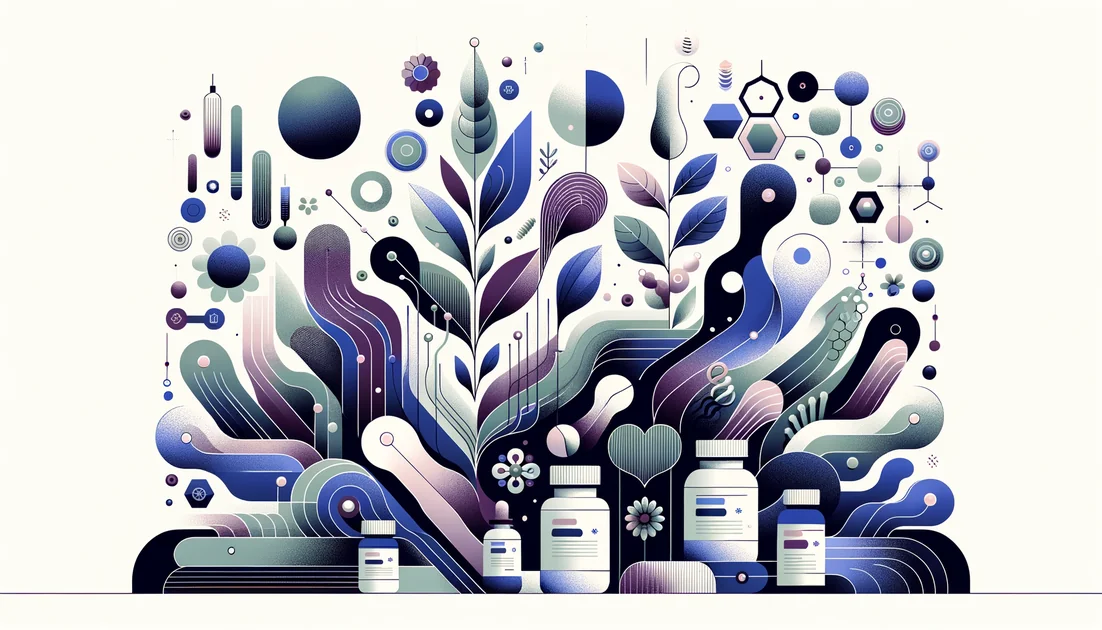
XYMOGEN
XYMOGEN's practitioner paradox: testing-forward and tool-rich—now selling direct to consumers
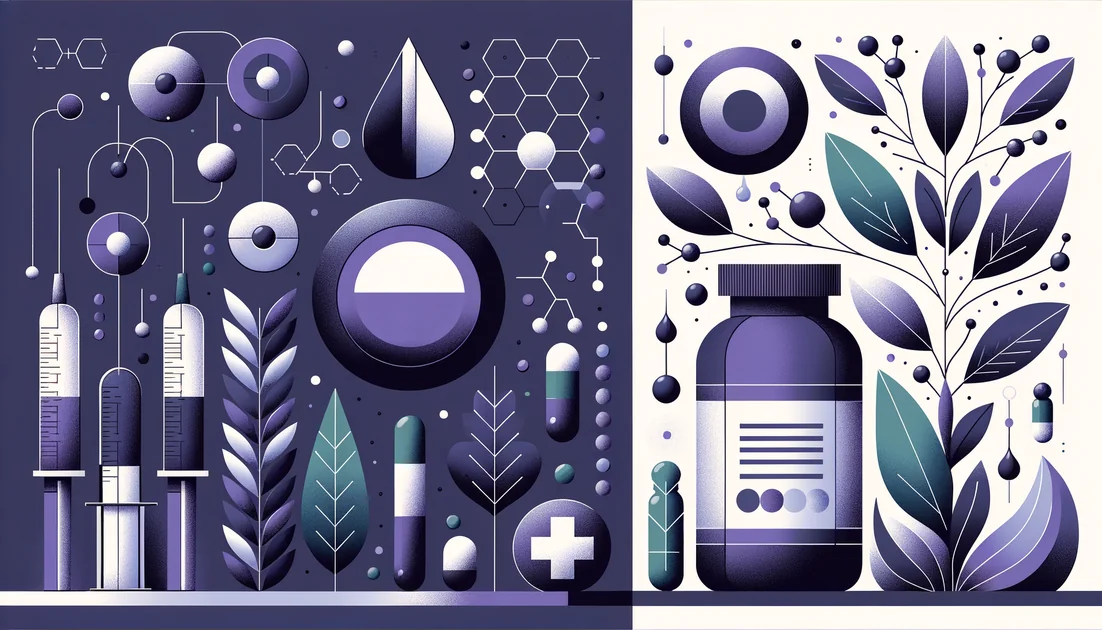
Berberine (dietary supplement) vs Metformin (prescription biguanide)
For most people needing reliable glucose lowering and long-term outcome data, choose metformin. Consider berberine if you can't take metformin and want a modest, supplement-based metabolic aid from a vetted brand, with attention to interactions and pregnancy avoidance. [1][3][8]
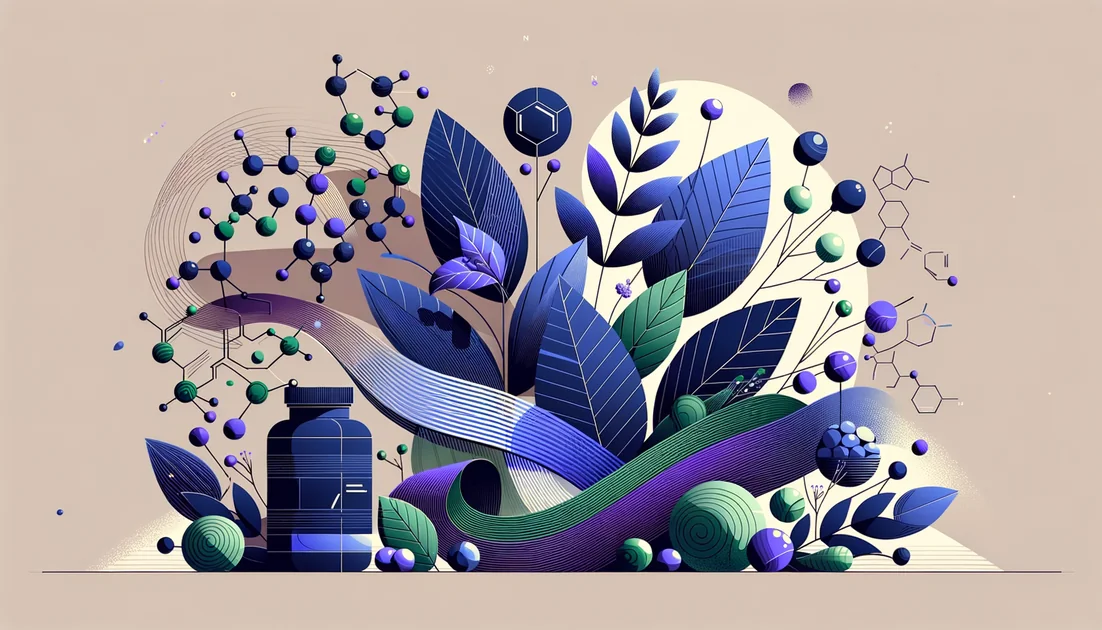
Best for Weight loss
Green tea catechins + caffeine
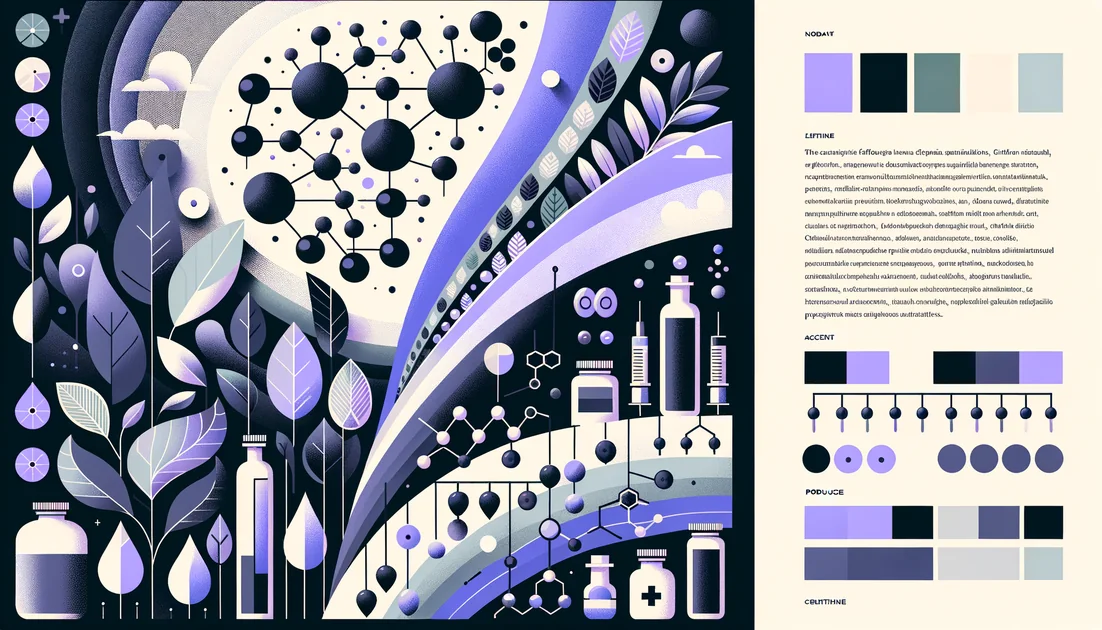
5-HTP (5-hydroxytryptophan)
In coastal West Africa, the dry pods of a climbing vine snap open with a sound like tiny firecrackers. Traders gather the glossy black seeds—Griffonia simplicifolia—once chewed as sticks for clean teeth, now exported for a different promise: a molecule that feeds the brain's calm—5-HTP.


Tocotrienols
The stealthier cousins of vitamin E—built with springy tails that move differently in cell membranes and behave differently in your body.
